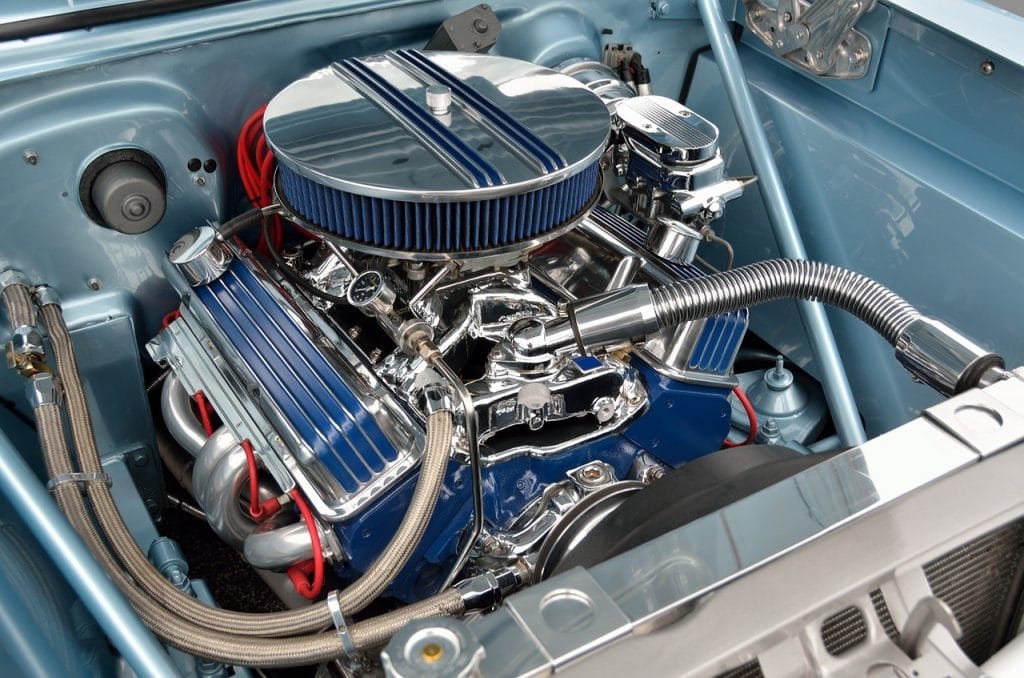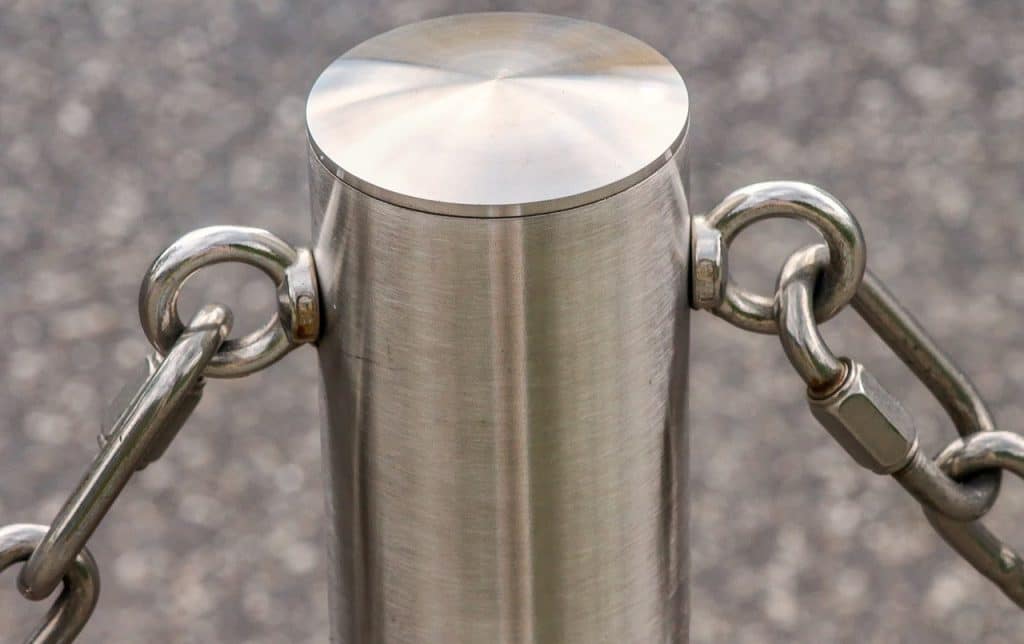
Stainless steel is perhaps best known for its ability to resist corrosion and rust: it's in the name, after all. While it is quite resistant to staining, people who have stainless steel appliances know that they can't just rely on stainless steel's natural resistance to keep it clean and polished. Water stains and fingerprints are the most common things that more stainless steel appliances but with their high price tag, you will want to keep them looking their best and in tip-top shape. Polishing stainless steel appliances is one of the best ways to ensure a lifetime of use
Polishing Stainless Steel: When?

When it comes to polishing your stainless steel appliances and surfaces, preventative maintenance will go far. A quick daily wipe down of a stainless steel sink will help it to keep its shine. Once you're finished cleaning the last dish for the day, use a sponge or a microfiber cloth to give your stainless steel sink a good wipe down and remove any water drops before they have a chance to dry on the stainless steel surface and stain it.
This is especially important if you have hard water as it tends to leave more residue. For stainless steel appliances, doing the same once a week will help to keep them nice and shiny. Obviously, if you spill something on one of them as your cooking they will need some additional cleaning.
When it comes to polishing stainless steel instead of cleaning it, it really depends on the amount of use you put your stainless steel appliances and fixtures through. If you cook with them every day, you might want to polish once a month. Those who don't cook as often can take a longer time between polishing.
When using less abrasive polishing methods, there is really no harm in polishing more often. With harsher chemicals, over polishing could damage the appliances so if you are a fastidious person who wants to keep their stainless steel clean and polished, stick with the less harsh methods of polishing stainless steel.
What Are The Best Ways To Polish Stainless Steel?
The absolute best way to consider polishing your stainless steel appliances and fixtures is to use the least harsh methods of cleaning and polishing them before looking to cleaners with harsh chemicals that might damage the stainless steel; or at the very least make it more prone to damage. As you will see in the following list of different ways of polishing stainless steel, there are several that use common household items as simple as flour and a cotton rag.
Stainless steel, like wood, often has a grain. When cleaning and polishing stainless steel appliances and fixtures, make a note of that grain and always wash and polish your stainless steel with the grain. You can ignore the grain when you're polishing stainless steel, but going against the grain might allow more cleaning residue to get into the tiny crevices that make up the grain. This makes the stainless steel more susceptible to staining, so it should be avoided.
Vinegar & Olive Oil
Dish Soap & Mineral Oil
Flour
Club Soda
WD-40
Lemon Oil Based Furniture Polish
Glass Cleaner
Commercially Available Stainless Steel Polish
What Results Can You Expect?

Image by klickblick from Pixabay
With preventative maintenance and regular cleaning and polishing, you can keep your stainless steel appliances and fixtures as shiny and new as they were when you purchased them. It is only when you allow maintenance to back up or leave stains too long that you will have issues in getting your stainless steel back to it good as new shine.
Conclusion
Stainless steel appliances have an elegant and modern look to them, and despite the name they do require some maintenance to keep them looking their best. That maintenance, however, should be easy if you follow the steps outlined in the article above. Keep polishing your stainless steel appliances and fixtures.
Leave a Reply